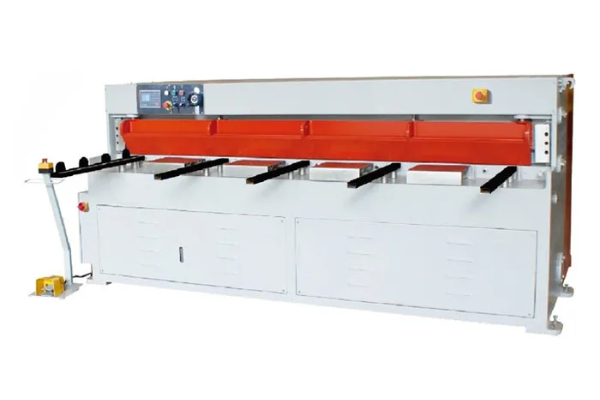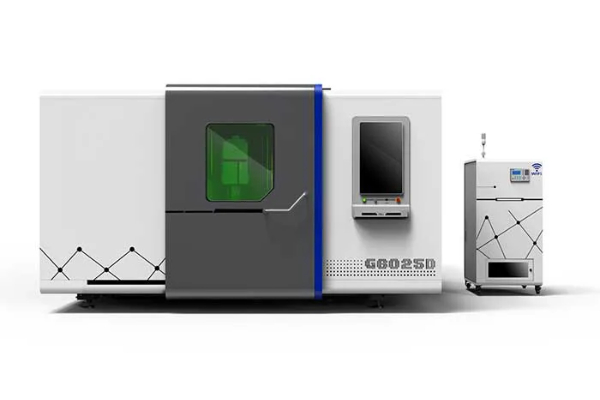
Cost Considerations When Investing in a Roll Forming Machine
- By:Metmac
- 2024-07-30
- 275
In the relentless pursuit of maximizing productivity and profitability, manufacturers are constantly seeking ways to optimize their operations. One crucial investment that can significantly impact these goals is a roll forming machine. However, with such a significant financial outlay, it’s imperative to carefully consider the cost implications before committing to this transformative equipment.
Capital Expenditure and Customization:
The initial capital expenditure for a roll forming machine can vary significantly depending on the machine’s size, complexity, and desired features. Basic machines may cost less, while specialized machines with intricate tooling and advanced automation capabilities command a higher price tag. Additionally, customizing the machine to meet specific requirements can further increase the cost.
Maintenance and Repair:
Like any machinery, roll forming machines require regular maintenance and occasional repairs. Factors such as the quality of construction, operating hours, and maintenance practices can affect these costs. Scheduled inspections, lubrication, and replacement of worn parts are essential for maintaining optimal performance and minimizing costly breakdowns.
Tooling and Accessories:
Roll forming machines require specific tooling to produce the desired shapes and profiles. The cost of tooling can vary based on the material, design precision, and complexity. Additional accessories such as straightening and cut-off equipment may also be necessary, adding to the overall expense.
Labor and Training:
Operating and maintaining a roll forming machine requires skilled labor. The cost of training and hiring qualified personnel should be factored in, as well as the ongoing costs associated with labor and employee benefits.
Energy Consumption and Efficiency:
Roll forming machines consume a significant amount of energy. The efficiency of the machine, measured in terms of its power consumption and output capacity, can impact operating costs over time. Choosing an energy-efficient machine can help reduce electricity bills and contribute to sustainability goals.
Return on Investment (ROI):
Ultimately, the cost of a roll forming machine should be weighed against its potential return on investment. By increasing productivity, reducing waste, and enhancing product quality, a well-chosen machine can generate significant savings and revenue streams. The ROI should be calculated carefully to ensure that the investment aligns with business objectives and provides a positive financial outcome.
By meticulously considering these cost factors, manufacturers can make an informed decision when investing in a roll forming machine. The potential benefits of increased productivity and profitability must be balanced against the capital outlay and ongoing costs to ensure a smart and sustainable investment that drives long-term success.
-
Advanced Sheet Metal Rolling, Cutting, and Folding Machines for Efficient Fabrication
2025/10/22 -
High-Precision Sheet Metal Bending and Cutting Solutions for Modern Manufacturing
2025/10/22 -
High-Precision Solutions from Leading Sheet Metal Cutting Machine Manufacturers
2025/09/11 -
Reliable Sheet Metal Equipment for Sale to Support Precision Fabrication
2025/07/17
-
Advanced Sheet Metal Rolling, Laser Cutting, and Folding Machines for Precision Fabrication
2025/10/31 -
High-Performance Sheet Metal Bending and Cutting Machines for Modern Fabrication
2025/10/31 -
High-Quality Sheet Metal Equipment for Sale: Efficient Solutions for Modern Manufacturing
2025/10/31 -
High-Performance Sheet Metal Equipment for Sale: Forming and Shearing Solutions for Modern Fabrication
2025/10/22
-
A Guide to the Latest Innovations in Sheet Metal Folding Machines
2024/11/29 -
Key Features to Consider When Investing in a Sheet Metal Folding Machine
2024/11/28 -
Enhancing Precision with Advanced Sheet Metal Folding Machines
2024/11/27 -
How to Choose the Right Sheet Metal Folding Machine for Your Workshop
2024/11/26






